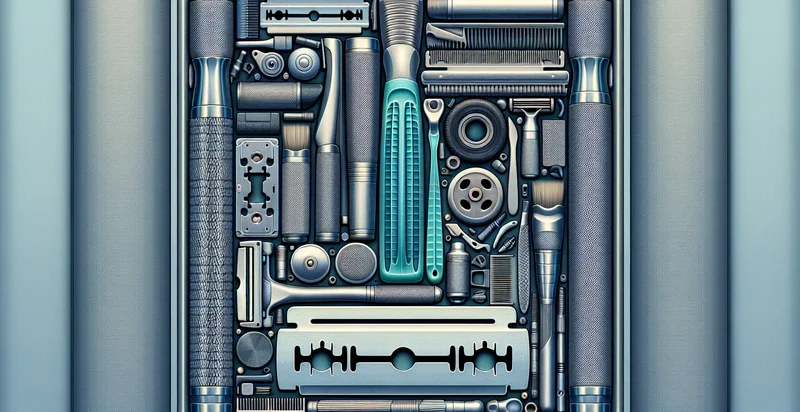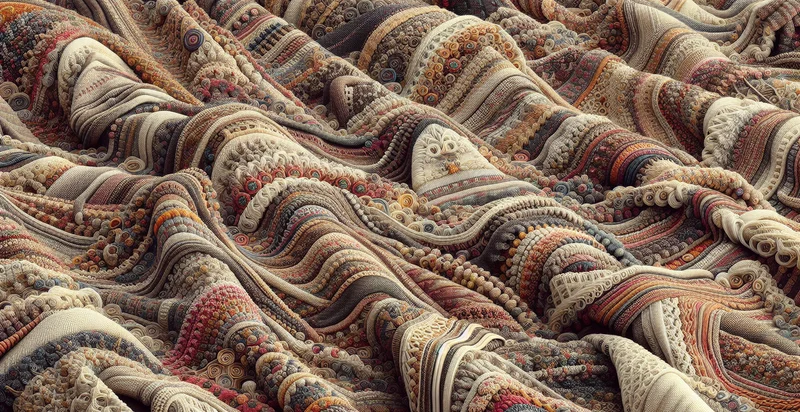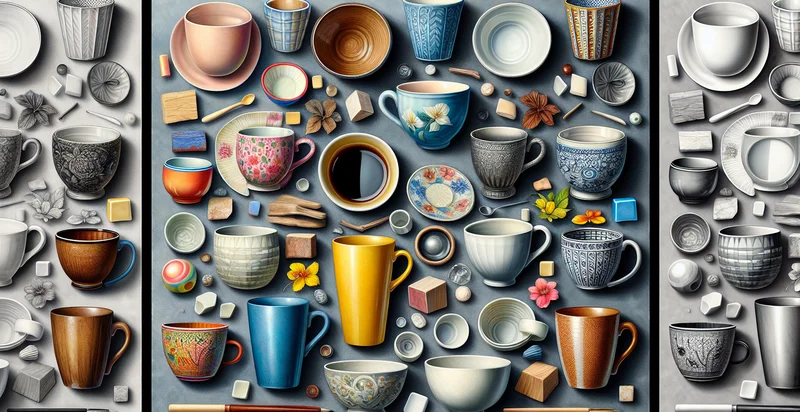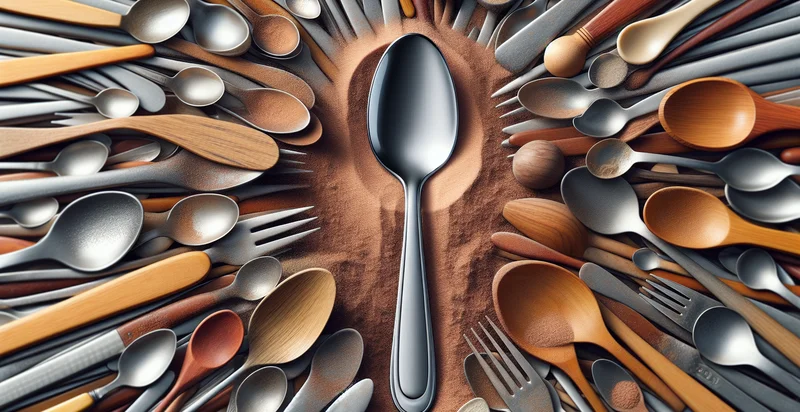Identify what material a razor is made from
using AI
Below is a free classifier to identify what material a razor is made from. Just upload your image, and our AI will predict what material a razor is made from - in just seconds.

Contact us for API access
Or, use Nyckel to build highly-accurate custom classifiers in just minutes. No PhD required.
Get started
import nyckel
credentials = nyckel.Credentials("YOUR_CLIENT_ID", "YOUR_CLIENT_SECRET")
nyckel.invoke("what-material-a-razor-is-made-from", "your_image_url", credentials)
fetch('https://www.nyckel.com/v1/functions/what-material-a-razor-is-made-from/invoke', {
method: 'POST',
headers: {
'Authorization': 'Bearer ' + 'YOUR_BEARER_TOKEN',
'Content-Type': 'application/json',
},
body: JSON.stringify(
{"data": "your_image_url"}
)
})
.then(response => response.json())
.then(data => console.log(data));
curl -X POST \
-H "Content-Type: application/json" \
-H "Authorization: Bearer YOUR_BEARER_TOKEN" \
-d '{"data": "your_image_url"}' \
https://www.nyckel.com/v1/functions/what-material-a-razor-is-made-from/invoke
How this classifier works
To start, upload your image. Our AI tool will then predict what material a razor is made from.
This pretrained image model uses a Nyckel-created dataset and has 13 labels, including Aluminum, Brass, Carbon Fiber, Ceramic, Composite, Copper, Metal, Plastic, Rubber and Stainless Steel.
We'll also show a confidence score (the higher the number, the more confident the AI model is around what material a razor is made from).
Whether you're just curious or building what material a razor is made from detection into your application, we hope our classifier proves helpful.
Related Classifiers
Need to identify what material a razor is made from at scale?
Get API or Zapier access to this classifier for free. It's perfect for:
- Quality Control: This function can be integrated into manufacturing processes to ensure that razors are made from the specified materials. By automatically identifying the material composition, manufacturers can reduce errors, maintain product standards, and enhance overall quality assurance.
- Supply Chain Verification: Retailers can use this identification function to verify the materials of razors in their supply chain. This ensures compliance with sustainability practices and consumer safety regulations, leading to better inventory management and trust in supplier integrity.
- Product Authentication: This function can be utilized by brands to authenticate their products in the market. By confirming the material composition, it can help shield the company from counterfeiting and protect brand reputation through reliable customer assurance.
- Consumer Insights: Through the identification of materials, companies can gather data on consumer preferences regarding razor compositions. This can guide R&D teams in developing future products that align with consumer demand, enhancing market fit and competitiveness.
- Regulatory Compliance: The function can aid businesses in ensuring that their razors meet relevant regulatory requirements regarding material transparency and safety. This can streamline compliance processes, reduce the risk of penalties, and help brands maintain a positive public image.
- Eco-Friendly Initiatives: Companies can leverage this identification functionality to promote their eco-friendly initiatives by confirming biodegradable or recyclable materials in their razors. By being transparent about material composition, brands can cater to environmentally conscious consumers and improve brand loyalty.
- Custom Product Development: This function can facilitate collaborations between brands and manufacturers looking to create custom razors tailored to specific material requirements. By verifying exact material specifications, businesses can innovate and develop unique products that stand out in a competitive market.


